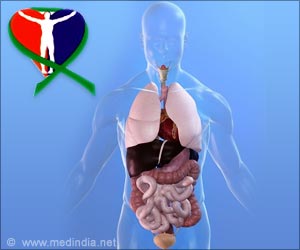Scientists have been using machines at the Texas Advanced Computing Center (TACC) to simulate natural and artificial heart valves and how blood flows through them.

The study aims to help to engineer new artificial valves and to develop tools for repair of natural ones.
"At the core of what we do is the development of new material models that are much more structurally and biologically informed and can actually integrate mechanisms of failure and remodeling, growth, and adaptation to altered forces that go on," study co-author Michael Sacks said.
Sacks is the W.A. Moncrief Endowment Simulation-Based Engineering Science Chair at ICES, and professor of Biomedical Engineering, UT Austin.
The research team has been modeling the natural mitral valve on the cellular level. The team stretched actual valve tissue under a microscope and measured various parameters with the results in the simulation.
The findings were then integrated into a larger simulation of the entire valve. Because the simulation was done at the cellular level, the simulation required millions of CPU hours on three supercomputers at TACC.
Advertisement
Source-Medindia













